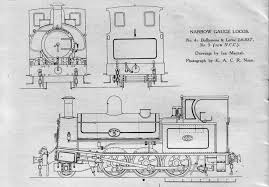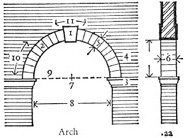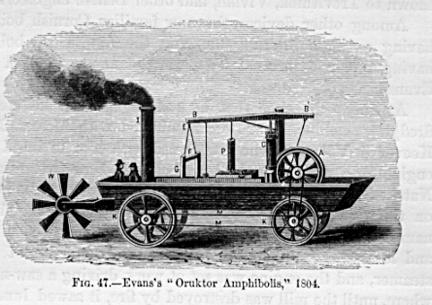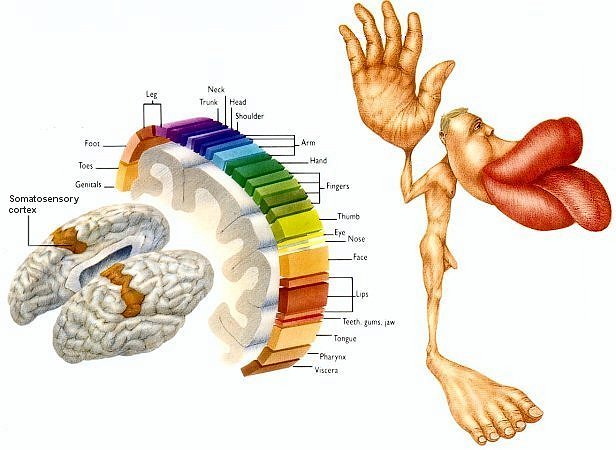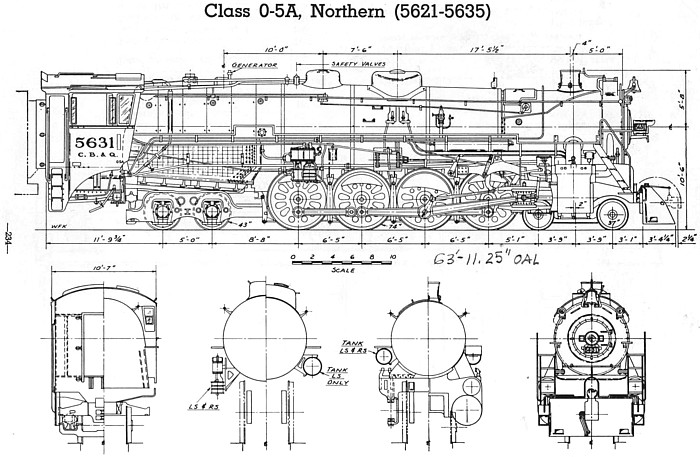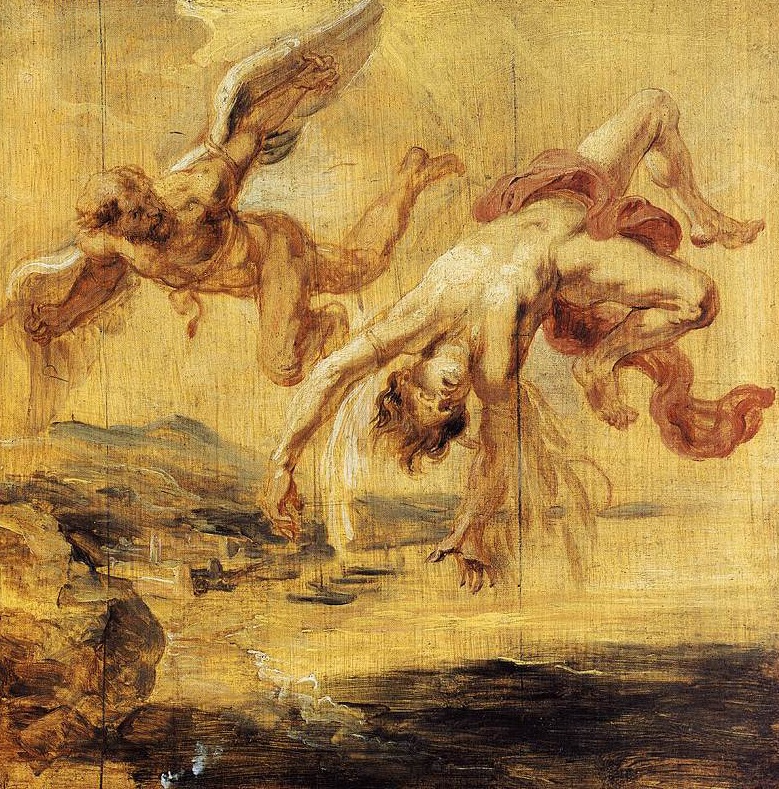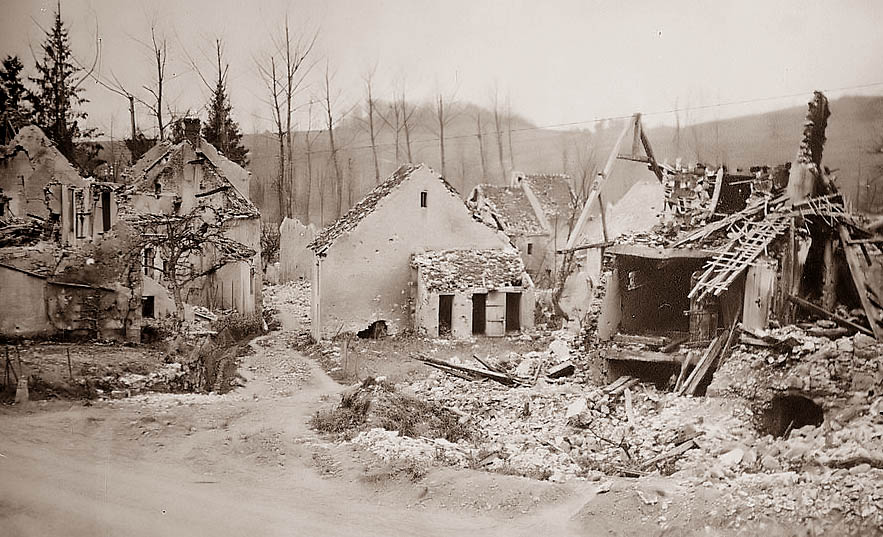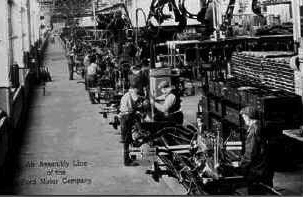

Three separate chapters are reviewed here in a reconfiguring based on how the subjects from each may fit together and support the ideas found in related but distant pages.
 |
||
 |
Welcome to the Club |  |
| Step Right Up | "Standardization is the solution of last resort, an admission that we cannot solve the problem in any other way." | Makes No Sense |
| "An effort to perfect the world through rational action." | Uniformity: "A new discipline had to be devised. . . Taylorism." | |
p. 77. |
p.137. | pp. 99-104. |
Pursell's argument is developed.
Pursell V, Chapter Five is a Keystone chapter holding 3 and 4 together
Key concepts to master in the "New Industrial Order"
Two hypotheses on the origins of prejudice against handcraft
Defining terms and power
"The way in which we organize. . . " and uniformity as the basis of order, labor.
New order needs new techniques
Substance of the debate
Parallels to make explicit connections to:
Pacey on automation: the roles of electricity and chemistry
and to Kranzberg concerning labor's response to automation.What are scale drawings and how are these significant?
How do these chapters relate?
Chapter |
||
Chapter
|
Chapter
|
|
Step Right Up |
Makes no Sense |
Power | Standardization | Taylorism | Schism | Society | Materials | Information | Knowing | Labor
Division of labor is ancient in its origins.
An Egyptian scribe was literate.
Ruins of the Roman Forum.
Land used for manufacture was also very ancient but became more widespread in medieval times, with the coming of industrial production the conditions of labor changed and another necessity became:
- Interchangeable parts \
- Mechanization of time / Case Study, automotive engineering
Technicians’ roles peaked influencing invention with emergence of civil engineering but had its origins in the groups of practitioners and experimental work of clubs.
The associations of experimentalists are a technical & social-political aspect of the vast changes in the 18th an d19th centuries associated with industrialism:
Clubs {Lunar Society of Birmingham } or professionalism preoccupies the field of later commercial applications of their prototype inventions
-Lighthouse
-Screws (used in the calibration & manufacture of) interchangeable parts
-Space (digging canals, constructing bridges and roadways.)Earliest steam operated conveyance in America, Oliver Evans,18th Century.
• Telegraph, engines & cars all require accurate timing
Structure of the chapter Three
- organizing time and space
- The process of perfecting the clock whose product is sequenced intervals
- less expensive
- greater accuracy in clocks
- American system of Manufacturing, Eli Whitney.
- labor was used by a dividing up of work into tasks; a process called specialization.
- efforts "to reduce people to their smallest meaningful parts." p. 78
- Meaning and uses of the photograph, photographs, & photography.
- Kinetoscopes as Thomas A. Edison used the term for his pictorial machinery.
- stairs "create a sequence" "bridging a gap in manageable steps..."
- "compressed and intensified space"
- "process is gaining advantage over product."
- "it is still the product that matters." p. 90
To see examples of lithographs of preindustrial work patterns depict labor go– http://siftingthepast.com/tag/workshop/work
Chapter Four Review
- MacDonald's dual uniformity tied to Henry Ford's automotive revolution
- The assembly line innovations (an example of exaptation)
- The largest foundry in its time–River Rouge–employed 10,000 people
- Need for workers and a new factory discipline
- Fordism
- The turn to Taylor whose time & motion studies suited management
- The "utopian dream of science based labour efficiency..." p. 100
- Shop floor control of work slowly ended
- efficiency engineer Frank Gilbreth (1868-1924) and his spouse: Lillian Gilbreth (1878-1972)
- "increasing alienation of factory labour."
- Unionization clashed with the rules of mass production demanded by Fordism and Taylorism
- Utopian versus distopian novels of a new industrial era
- "The dream of social engineering led perhaps inevitably to a turn to technocracy, the rule by a technical elite." p. 112
- Japanese car manufacturing superseded Fordism and Taylorism's constraints
- Mass production's offspring are numerous from MacDonald's uniformity to high speed colliders for nuclear research to reveal quarks and bosons. p. 117
First criteria of your projects.
Caveat:
When the idea or the concept (easy to visualize) gets too far from the knowledge gained from mathematical models & practical shop floor experience you end up with expensive, inefficient, and often unnecessary tools.
Chapter Five Welcome to the Club Pursell pp. 118-143.
"Not until the seventeenth century was it imagined that these two traditions --scientists and technologists-- might usefully interact. . . .based on the opposite premise, science and technology have, in fact. always been intimately linked."
p. 120.
There is a crisis today in the science-technology relationship due only in PART to economic failures and GLOBALIZATION!
Twins of post modern life
1. S, stands for “Scientific Progress”
Star Wars – space harbors command & control –vs.– “secrets of the universe”
2. T, meaning Hand (eye / foot – coordination) located in the frontal cortex there is no duality of brain functions from which technology emerges.
Exercising the mind
Manufacture – visualize – music & psychomotor functions.
The ideas we use to judge the effect by the outcome,
handling merchandise to "get a feel" for the goods.
In hypothesizing about ties of science to technology
| technology or T | science or S | |
|---|---|---|
craft tradition |
tradition of inquiry
|
ETYMOLOGICAL confusion
Then: 1615 --------------------------------1660
T. discourse on the arts S. trained skill requiredTRADE or CRAFT
Mid 19th century:
T. useful arts vs. S. natural history & philosophy
Pursell's argument in some analytical detail.
Now:
“the power to define is the power to control”p. 121
This arrangement of words is deeply POLITICAL
error 1: Technology as applied science
error 2: using science as a synonym for certainty
error 3: science as seed from where technology growsp. 120
Technology is not applied science despite what scientists think.
Science is actually a search for uncertainty.
Science only knows what technology allows scientists to discover and explain.
Hypothesis I. Science and technology are separate
Origins in ANTIQUITY – mind vs hands to work
Plato honored thought over action (p. 121)p. 120-121
Hypothesis II. S and T always intimately related
[Siry's point] (THALES – ARCHIMEDES – GALILEO, etc. all show a capacity to INTIMATELY LINK this capacity to imagine ideas and to put these into action,)
Note – juxtapose - meaning to place together for a contrasting effect {French: from poser, 19th century use; to place, or put beside; side by side. By extension, to deal with together for a contrasting impact to make a more obvious point.
Daedalus – knowing hand with an able mind
Painting of Daedalus watching the tragic fall of his son Icarus.
Only in 19th century did change emerge between TOOLS and MEANS OF KNOWING
Club – is a professional association either of engineers, mathematicians, or ScientistsExamples of clubs and how they altered usage of words through deeds
(Technology)pp. 120-121
Introduction:
hypothesis
entomological analysisWhen a problem arises – research into the character and dimension of the problem is needed.
p. 122.
R & D stands for research and development in the customary sense.
R & D or is it D (product) & R (resolution to a problem)
1660 Royal Society - Experimental
1560 Francis Bacon - “men of experimental knowledge should enquire into the arts”
Robert Boyle's investigations
Behavior of gases
Air pump – tool
Boyle's Law – knowingp. 122-24.
Boyle & Thomas Hobbes
p. 124.
The Origins of Civil Engineering:
124 1754 – William Shipley – instigated creation
New society : to “encourage Ingenuity & Industry”"Society for the Encouragement of Arts, Manufactures, and Commerce" He published his proposals for the society in 1753.
125 Benjamin Franklin & useful knowledge
investigate nature to better societyJohn Smeaton created Society of Civil Engineers
John Smeaton & the Eddystone Lighthouse 1759 - 1882
15 miles seaward of Plymouth, a huge & busy English harbor.p. 125.
Lighthouses emerged as symbols of innovation .
- Stones
- Dove-Tail joinery
- Grouted with hydraulic (under water setting) cement
Outlasted the rock on top of which is was built
1828 Institution of Civil Engineersp. 127.
Lighthouses were both –
- 1. Real things for safe shipping
- 2. Symbolic entities to protect, shed light and foster national power.
127 Smeaton
1840 University of Glasgow – appointed first professor of engineering
1841 U. of London – appointed first professor of engineering
Scotty on Star Trek127 “is a piece of the past embedded in the future”
128 America & Britain - improvement of manufacturing --Joseph Henry
Dr. Charles T. Jackson
H. R. Palmer – institute that linked Science and Technology
Application of Liebig’s chemical studies and field work in England132-33 essential – central role of agriculture
133 American System of Manufacturers
Screws & screw threads133 Rationalization & standardization fight
134 Whitworth (England) vs. Seller (US) 1841
133 “complicated and difficult manufacture” was US objection
134 “the grand prize was the world market in machines”
pp. 134-36.
Standardization crisis
Standardization of weights and measures
US – France – Japan –
Steam for all offices especially after 1834 fire (from 1851-53) new means to set standards – yard and pound136 Metric System
1875 International Bureau of Weights and Measures
Decimal System137 Britain abandoned old System of weights and measures for the decimal base.
137 Curie – as the standard measure is radioactivity
1868 Germany establishes a Government Bureau
National Bureau of Standards USA 1901137 Standardization as problem solving
“of the last resort”p. 138.
Pursell draws a distinction between
Technological Fixes such as the automobile starterand
Standardization which solves other sorts of technical problems
“Driver’s Side” culture overrides technical considerations
Driving on the left as opposed to right side of a roadSequencing – refers to when something is invented and applied widely
The time between invention, testing, application and adoption often differs widely:
Too early
Too late
Both are risks of standardization
BETA vs. VHS early action"Chunnel" – The Channel Tunnel requires driving and drivers to shift from one side of the road to another – English (UK) Left to French (European) Right hand side of the road.
But driving changes in France to right hand side driving as in Europe & United States.USA
Close up
Scientific development & technological improvements are less rational than they appear to beElectrical – industry
Clearly science-based
Shop floor practices helped telegraph industry:p. 138-39.
“Hand made" is replaced by automated machinery based on the social or behavioral control of work called "Taylorism" and such a shift from making things by hand and making things by machines may well have undermined innovation.
Socio-technical changes (Taylorism and Fordism) were powerful auxiliary forces that not only accompanied but may have shaped tectonic shifts to machinery with moving parts from hand tools with few or no moving parts.
139 Cult of pure science (CT Jackson bias)
140 reverse the usual order – Engineers valued experience or practice over theory (ideas)–meaning that a hands-on understanding of materials was institutionalized among some engineering approaches to using new technologies and consequently the widespread implementation of some inventions happened while other techniques languished.
Today a split is widening between practices & intentions or behavior required and ideas imagined that we may label a difference between praxis and theory:
| Praxis | or | Theory |
|---|---|---|
| hands on, first hand, and close-up | thought, reason and rationality | |
| Engineers | Scientists | |
| practice - experiment | valued theory & experiment | |
| drifted away from the shop floor | experiments became more costly |
World War One was called The Great War, 1914-1918;
WWI impact & demands changed society and widespread beliefs
1880s – The seeds of an automated war were sown in two prior decades:
Boer Wars, 1880-81, & 1899-1902.
automatic weapons
scorched earth policy targeting civilians
British created concentration camps for Boers, Dutch descendants
Spanish American / Asian Wars, 1898-1902.
automatic weapons
scorched earth policy concentration camps for Philippine civilians
"The ensuing Philippine-American War lasted three years and resulted in the death of over 4,200 American and over 20,000 Filipino combatants. As many as 200,000 Filipino civilians died from violence, famine, and disease." US Department of State.
German South-West Africa, Herero and Nama wars of colonial Damaraland, 1904-1905.
12,800 dead in German South-West Africa in an uprising of indigenous herding peoples who clashed with settlers from Germany over water and grazing land.
Herero – Nama wars included use of concentration camps & genocide
See: http://www.war-memorial.net/Southwest-African-Revolt-3.11
The increasing intensity of World War I slowed the Gilbreth's work overseas.
Industry Applies – Man conforms
p. 140.
For Example:
The sociology of technical change suggests some groups do not adapt quickly and may even refuse to adopt new techniques that come with new inventions, so the at the transfer of technology lags behind in some quarters due to cultural resistance. This is called social drag or “cultural lag” which may explain why U.S. Army soldiers in 2010 still had thirty year old M-16 rifles which fire fewer rounds of ammunition more slowly than weapons owned by our enemies. (or so argued Fox News: May 25, 2010.)
[http://manual.americasarmy.com/index.php/U.S._Army_Weapons]. "The rifle entered United States Army service and was deployed for jungle warfare operations in South Vietnam in 1963"
In every culture their remain institutional impediments to rapid change, or powerful groups that bottle-up new inventions thereby thwarting their adoption, or corporate entities that in fearing competition stifles new patents.
Much like the Chinese bureaucracy that stopped the Eunuchs who wanted to see vast naval and commercial expenditures early in the 1400s, these modern equivalents of Medieval mandarins act as blocks to advancement as opposed to proponents of discovery, exploration, and advancing technical change required by advanced navigation.
Fleets of enormous size during the early Ming Dynasty under Admiral Zheng He (1371 - 1433).
The ways to promote new technological responses are alterations in behavior, enabling the needed finance, or spreading manufactured products that enables technical change.
1. What we think, say, and do is important…to the capacity of a social organization to adapt quickly to shifting conditions of materials and labor.
Pacey: The electrification & automation of industry
p. 175 .
The pursuit of technical ideals is readily apparent in the innovations associated with with Rudolph Diesel, David E. Lilienthal, and Werner von Braun.
- Neither economic advantage nor military technology were central to their motivation.
- Yet the chemists had dreams too, and sometimes let slip comments about “exploring new worlds.”
- By this they meant that they were steadily learning more about the architecture of molecules and how this was related to the observed chemical behavior of materials.
An example of fascination with new materials, processes and power sources.
Key ingredient: cellulose – is the substance made into
celluloid, rayon, explosives materials based on a knowledge of the behavior and nature of the basic atoms.p. 176.
Electricity & electronics were key ingredients in automation:
2. thought and speech as a social lubricant
Pursell, White Heat, p. 194.
Information–how later technologies extend tendencies of the predecessor technical changes.
“But like all new technologies, those associated with the Information Age are neither as benevolent as their supporters promise, nor are they likely to be as blocked as those who might fear the consequences”
“They are, in the end, only social relations materialized.”
military use of computers – code BRU --- Hamburg
Earliest mainframe – used to regulate production
A. electric power stations
B. petroleum refineries
C. factory assembly linesp. 195.
1993 – 92 million households, 25 million homes had owned PCs = 0ver 27%
Socio-technical change is as critical as tectonic innovation for successful and widespread technological changes.
re-engineering – not so much to the tools of production as to the way they are organized
Frederick Winslow Taylor’s scientific management was the merging of Frank and Lillian Gilbreth's time and motion studies of functional ergonomics based on observing worker's behavior and the emergence of science as a dominant approach to reliable and experimental knowledge.
By looking at how workers actually performed tasks, Gilbreth as an efficiency engineer tried to improve productivity and worker out-put by training them not to waste time.
Taylor in recognizing the value of regimentation to mass production and assembly of interchangeable parts, was able to alter management of unskilled labor by introducing these new "organizational" goals of efficient repetitive motion and mechanical consistency in his idealized work force.
Taylor and the Gilbreth's work reveals that:
Without clocks, photography and motion photography, such a
1) standardization of the worker could not have accompanied
2) a standardization of replaceable parts for machine assembly.
Source: For more details see the Economist magazine.
Was the knowledge of how to make things diminished or reinforced?
Behavior and machinery were used as excuses or rationales to strip workers of “creative” responsibility according to his critics.
New managerial elite–An innovative elite claimed superior practices to shape change,
1980s 1990s – value added jobs only
American manufacturing was proved wrong by Toyota –“Lean production mold”
pp. 164-169.
The rise of behaviorism was a means of understanding a response to automation.
By the Sweat of Thy Brow (c. 1970) Kranzberg & Geis
An old clash occurred in the 1900s between advocates of the older form of industrial organization influenced by Taylorism and the new behavioral psychology school of research into human actions. Many thinkers influenced by William James, Henry Sullivan, Ivan Pavlov, and John B. Watson began to focus on both motives for and expressions of peoples' activities.
One such practitioner concerned with the work place, that Taylor's studies had so completely influenced, was G. E. Mayo {1890-1949} who conducted the Hawthorne Experiment ( FINDINGS: > was it the lighting or just being observed that altered these observed outcomes?)
George Elton Mayo's experiment(1924: suburban Chicago) Western Electric; 30,000 workers in an assembly plant.
48 hour work week, interviewed 21,000 workers over years: worker participation improved production by 20% regardless of conditions, established the field of Industrial psychology
“design machines to fit human psychological characteristics.”P. 169.
Psychology, or the study of human neurobiology, behavior, motivation and cognition came of age during a period of industrial mechanization, enormously costly foreign wars, and rapid urbanization of agricultural populations in Europe, America and Asia.
 |
||
|---|---|---|
| Tools of Toil: what to read. | ||
| Tools are historical building blocks of technology. | ||
Authors:
Pursell | Pacey–World | Postman | Tenner |Pacey–meaning| Eberhart | Snow | Kaku | Boulding | Delillo | Kranzberg

This page is was from September 29, 2007, revised October 16, 2014 .


